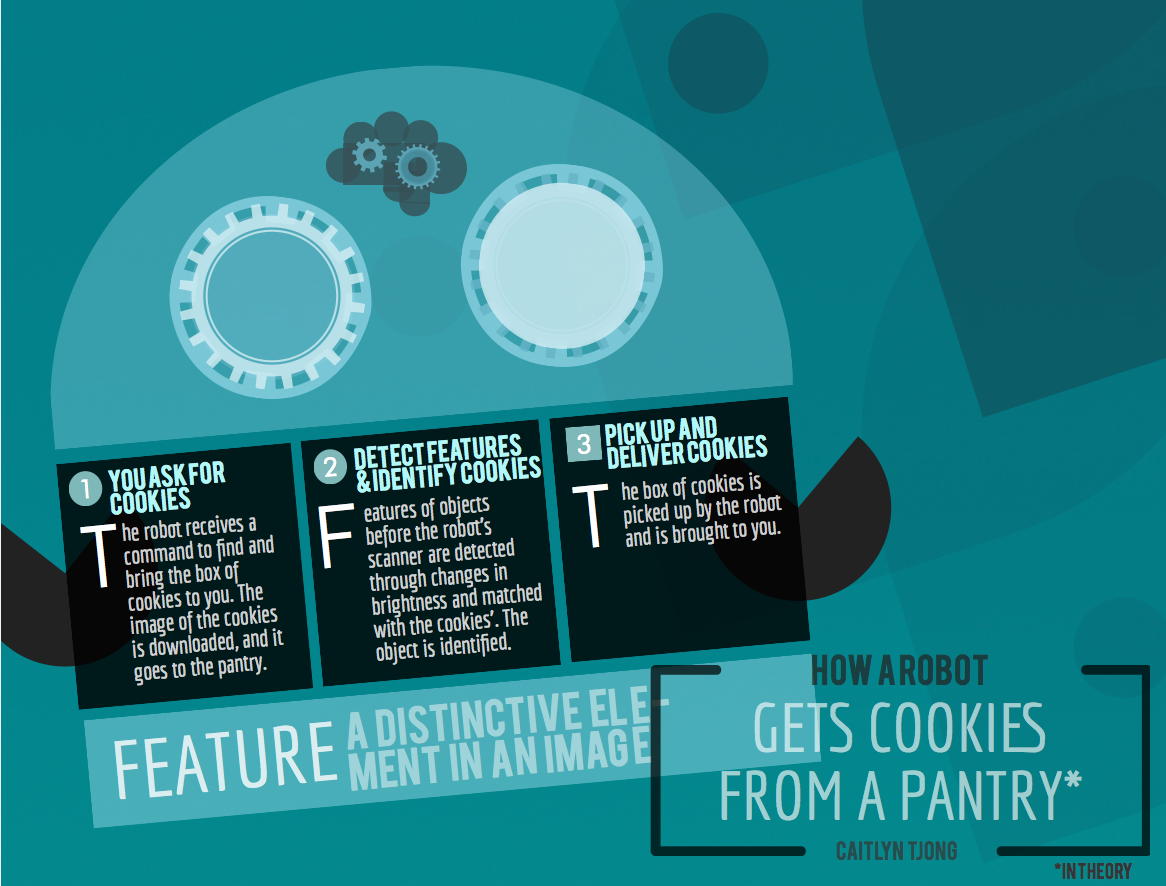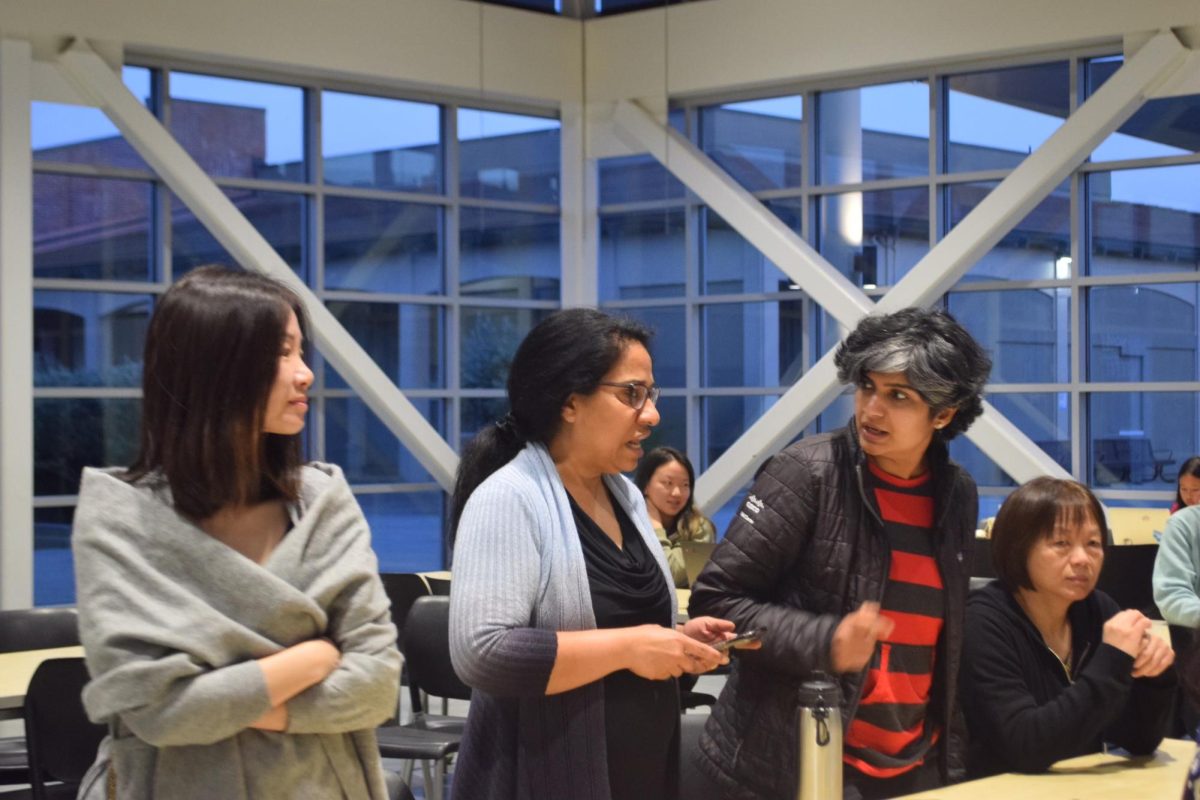hysics and Engineering Club held a meeting on Wednesday, Feb. 4 in E101 to familiarize its members with the technology of computer vision and image processing. It is with this that a machine born from scraps of metal can have something akin to intelligence and bring you crisp almond cookies from a pile of last night’s leftovers sitting atop a wooden chair. It is with this that a phone can compile a panorama from the video of a beautiful sunset over the quaint Napa Valley, or that Facebook can recognize the face of the friend with whom you recently became acquainted in the midst of swept-up satin dresses gracing the floor, laughter that drifts and the soft sound of goodbyes by a party’s end yet whose name you cannot seem to remember.

According to co-founder junior Ajay Jain, the club’s new focus on software and programming is to complement the previous semester’s emphasis on hardware. A robot with plating and wiring, Jain explains, can be nothing more than a fancy sculpture without programming, the “engineered “thoughts” running through its copper wires that lend it a sort of humanness even, if in the most detached sense.
“[Computer vision and image processing] are more arts than sciences,” Jain said. “[Aspects of the algorithm] can vary, and it’s not just reading numbers.”
Com·put·er vi·sion
/kəmˈpyo͞odər/ /ˈviZHən/
Computer vision and image processing are the modeling and replication of human vision with computers and machines. The machine “sees” with a camera and processes videos, detecting distinctive features in the objects or faces in the videos, and with such patterns of features, it matches them to identify the objects or faces.
Jain believed that computer vision and image processing would appeal to several members who spend their spare time building and toying with robots and little bots, perhaps for fun or for projects.
“We try to cater toward what our members are interested in, and it’s great that we can get them those skills to further those goals,” Jain said, “but the main goal of the Physics and Engineering Club is to have fun.”













